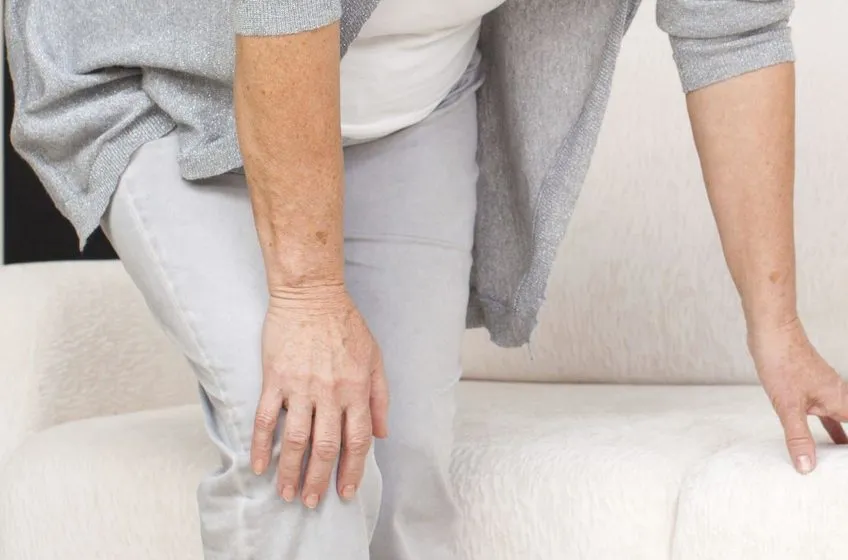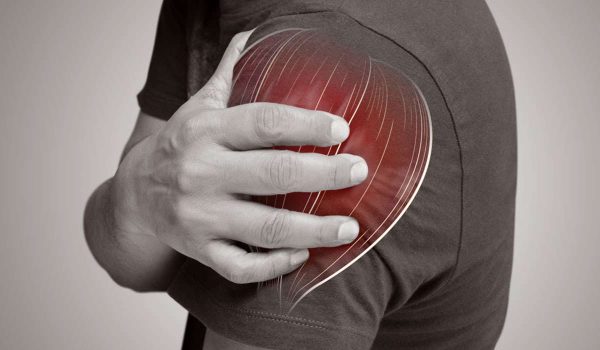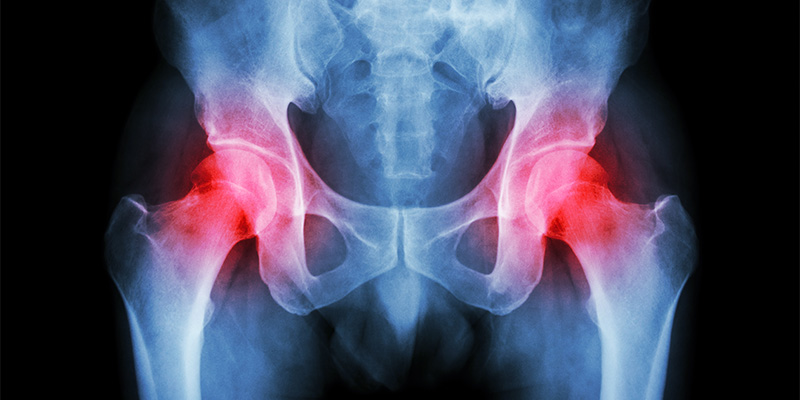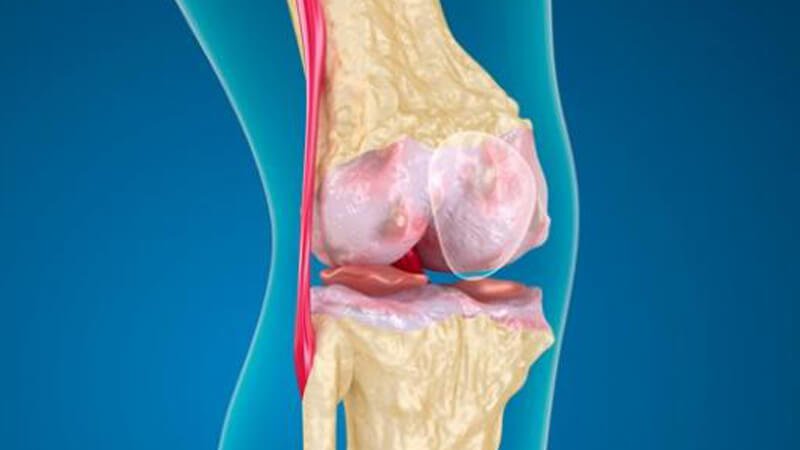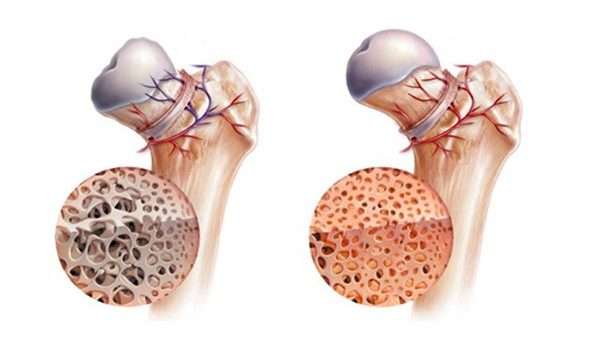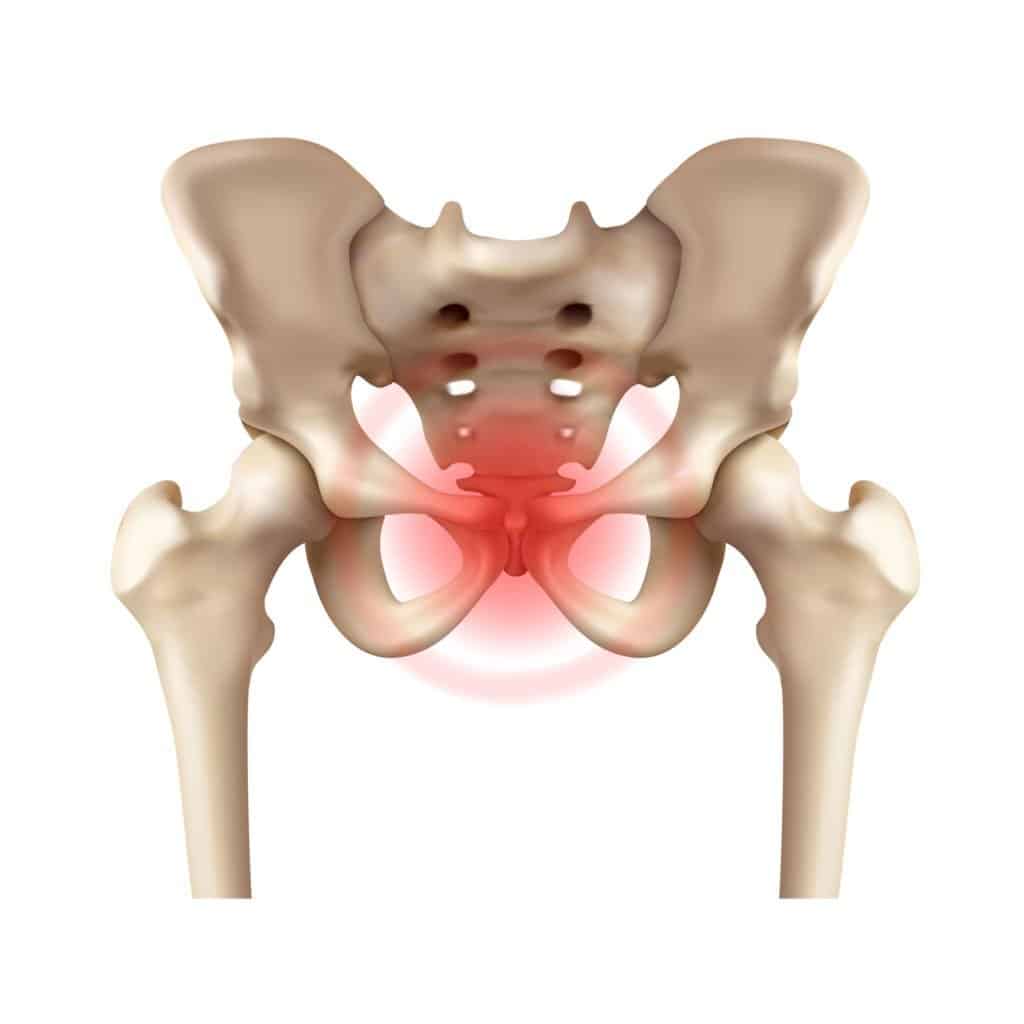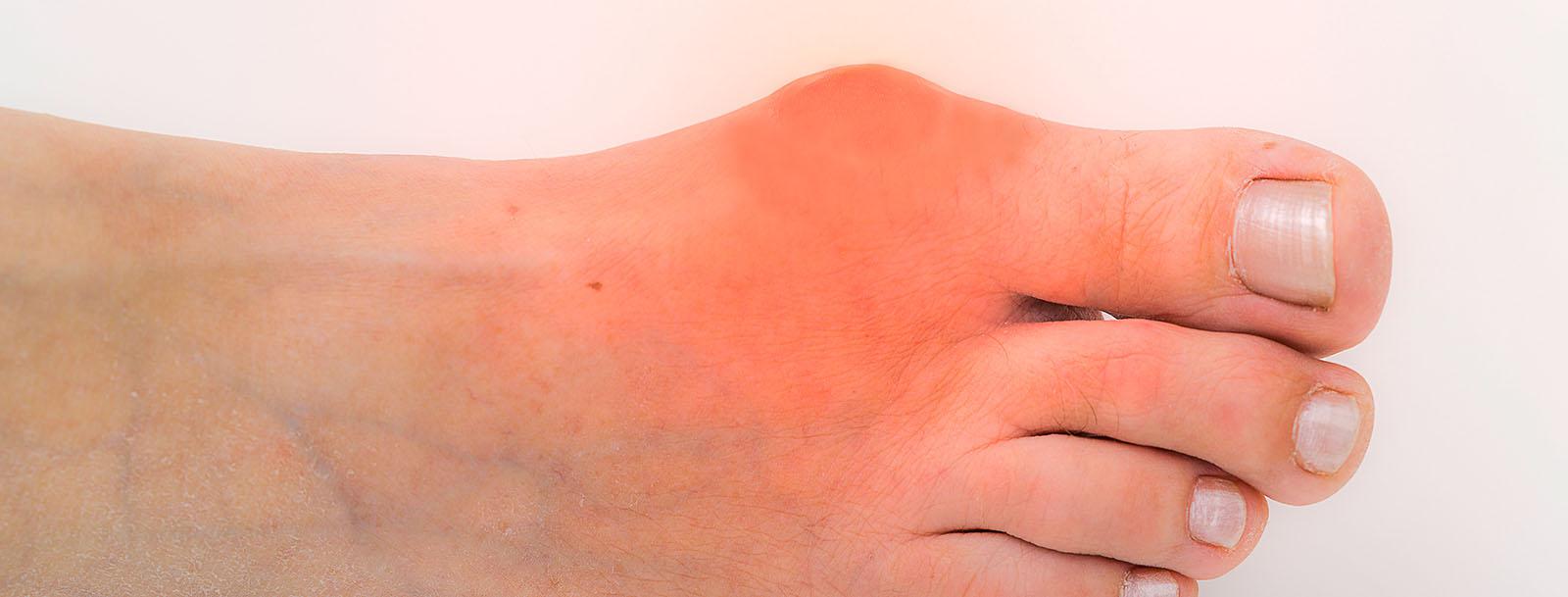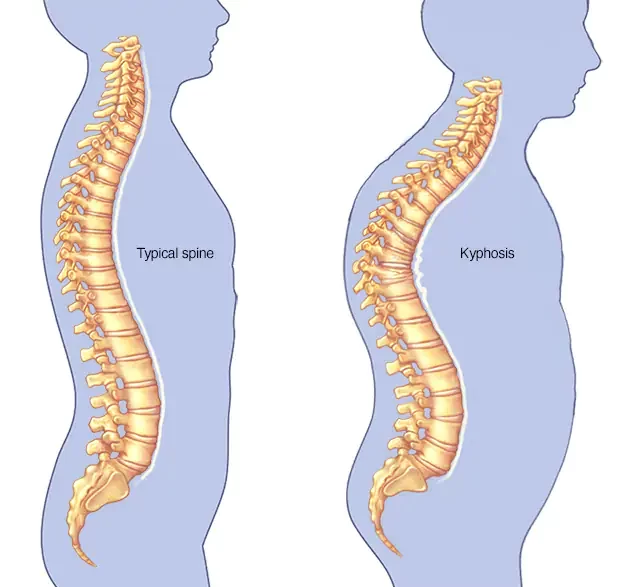?Flat foot treatment centers and what are the damages of its occurrence and the negligence in its treatment
Flat Foot Treatment Centers, Flat Foot Treatment Centers provide healthcare for patients suffering from this painful condition and these centers specialize in the diagnosis and treatment of foot and ankle problems resulting from various structural issues. These centers work to provide comprehensive services including detailed medical evaluation and effective treatment plans to help improve foot and ankle function, alleviate pain, and address associated flat foot deformities. In this article, we will together learn about the importance of flat foot treatment centers and how they provide specialized healthcare for patients.

Flat Foot Treatment Centers
1. Foot Exercises: Practicing physical exercises is considered one of the effective ways to treat flat feet. Exercises that strengthen the foot and shape its arch can help reduce symptoms and improve foot function. Some examples of exercises that can be practiced include:
- Foot stretching: Extend your foot and bend it forward and backward for 10-15 seconds, repeat the movement 3 times for each foot.
- Foot lifting: Try lifting your heel and the rest of the foot off the ground for a few seconds, then return it to its natural position, repeat the movement 10-15 times for each foot.
- Water exercises: You can also practice exercises in water to strengthen the foot muscles and improve flexibility.
2. Wearing Arch Supports: Arch supports are used to provide support and balance and relieve pressure on the feet of people with flat feet. These supports can be purchased without a prescription and come in different shapes and sizes to suit individual needs.
3. Medication Treatment: The doctor may recommend taking some pain relievers to relieve the pain caused by flat feet. These medications include topical pain relievers and over-the-counter non-steroidal anti-inflammatory drugs. You should consult the specialist before taking any medication to determine the appropriate dosage and duration of use.
4. Physical Therapy: Physical therapy can provide great benefits for patients with flat feet. Therapy sessions provided by a physical therapist can improve muscle strength and flexibility, enhance balance, and improve gait through techniques such as massage and targeted foot exercises.
5. Consulting a Specialist: It is very important for the person with flat feet to visit an orthopedist or a podiatrist to diagnose the condition and determine the appropriate treatment. The patient may need a comprehensive treatment plan that includes a combination of the above-mentioned methods based on their individual condition.
What is Flat Foot?
Flat foot is one of the medical conditions that affect the feet, where the sole of the foot is in full contact with the ground without any points of curvature. Flat foot is a congenital condition that appears since childhood, where children have flat feet and the natural curvatures of the foot develop over time. Flat foot is also known as “pes planus”.
Flat feet can occur in one foot or in both, which can cause pain or restrict the person’s movement in some cases. Flat foot is a type of congenital deformity that affects the shape and function of the foot during walking and standing, and it can cause multiple problems such as foot pain, unilateral foot instability, and balance issues.
The different treatments for flat feet are varied and depend on the extent to which the condition affects the person’s life. Treatments can include increased physical activity, muscle strengthening, use of supportive medical insoles, and in more advanced cases, doctors may recommend surgical procedures to reshape the ligaments and bones in the foot to restore the natural shape and healthy function of the affected foot.
Flat foot exercises from Dr. Amr Amal mean strengthening the health of your feet using proven and targeted scientific methods.

Flat Foot Risks
Flat foot, also known as pes planus, is a health problem that many people suffer from. If not treated properly, it can cause serious health problems. Here we will review some of the potential risks of flat foot and the warnings that should be taken into consideration:
- Foot and Leg Pain: People with flat feet may experience pain in the heel, arch, leg, or even other parts of the body.
- Bone Problems: The presence of flat feet can increase the risk of developing arthritis, bone spurs, tumors, and calluses, which can cause pain in the back, hip, or knee.
- Difficulty Walking: Flat feet can lead to difficulty walking, unstable balance, and an inability to perform daily activities easily, affecting quality of life.
- Ligament and Muscle Problems: The strength of the muscles and ligaments associated with flat feet may decrease, increasing the risk of ankle sprains and ligament insufficiency.
- Effects on the Spine: The imbalance caused by flat feet can put uneven pressure on the spine, increasing the risk of lower back pain and spinal deformities.
- Risk of Injury: Flat feet are more susceptible to wounds and infections, especially when wearing inappropriate shoes.
To avoid the development of complications associated with flat feet, the person should seek appropriate treatment. Treatment may include foot correction, use of medical insoles, and muscle strengthening exercises. It is also recommended to avoid sports activities that put a lot of pressure on the feet, as neglecting flat feet can lead to serious health problems. People with flat feet are advised to consult an orthopedist or a neurologist to diagnose their condition and receive appropriate treatment.
Symptoms Associated with Flat Foot
Flat foot can be a troublesome condition for some, as it can cause a variety of symptoms. In this article, we will discuss the symptoms associated with flat foot and how to deal with them.
- Foot Pain: Some people may experience pain in the foot due to the flat arch. The pain may be associated with the heel, arch of the foot, or the leg, and it may increase during prolonged walking or strenuous activities.
- Muscle Pain: Some people may feel tension in the muscles surrounding the foot and leg due to the lack of the normal arch, and this tension can cause pain and muscle spasms.
- Fatigue and Exhaustion: Some people with flat feet feel excessive fatigue and exhaustion in the feet during daily activities and may need more rest than usual.
- Impaired Sports Performance: Flat feet may affect the performance of people who practice sports, as the pressure on the feet may be excessive, leading to reduced ability to jump, run, and overall strength.
- Ankle Sprains: Ankle sprains are a common problem for people with flat feet, as the ankle is unstable and can be easily sprained.
- Foot Swelling: Swelling in the foot may occur due to fluid accumulation, usually in the ankle and sole of the foot, and this swelling can be painful and cause discomfort.
- Changes in Gait: People with flat feet may notice changes in their walking pattern, such as increased vibration or disturbance during walking.
It is important for people experiencing any of these symptoms to seek medical advice, and they may be recommended to use comfortable and supportive shoes, use pain relief measures such as foot braces, and perform exercises to strengthen the muscles around the feet. They may also be advised to visit a physical therapist to help alleviate the symptoms and improve the overall condition of the flat feet.
Benefit from the experience of Dr. Amr Amal in treating flat feet with exercises that restore balance and strength to your feet without the need for surgery.

What are the Degrees of Flat Foot?
Some people may suffer from the problem of foot deformation known as “flat foot”, which causes the foot to be fully or partially flat and in full contact with the ground in an unnatural way. This problem is common, and it has been classified into different degrees based on the extent of its impact on the foot and the functional impact of the flat foot.
1. Grade 1: In this grade, the flat foot is mild, and the foot arch is generally normal. The functional impact on the foot is minimal, and there may not be an obvious effect on gait.
2. Grade 2: This grade involves a change in the shape of the foot arch, where the flatness of the foot is more evident. Its impact on gait is more noticeable, and the person affected by grade 2 may experience pain and fatigue in the foot during strenuous physical activity.
3. Grade 3: This grade witnesses a greater deformity in the foot arch, leading to complete flatness of the foot. In this case, the functional impact on the foot is very clear, and the person may experience constant pain and fatigue in the foot and may need additional support to alleviate the symptoms and improve the motor functions of the foot.
4. Grade 4: In this grade, the flat foot is extremely severe, causing the foot to protrude forward abnormally. People affected by grade 4 suffer from severe pain and extreme fatigue in the foot and generally require strong support and specialized treatments to reduce the symptoms and improve mobility.
Causes of Flat Foot
Flat foot, also known as pes planus, is a common condition that affects millions of people worldwide. People with flat feet suffer from a lowered foot arch, which affects their balance and ability to walk properly. Here we will discuss the main causes of flat feet according to the latest medical sources:
1. Genetic Factors: Genetic factors are considered one of the main causes of developing flat feet. If this condition is prevalent in your family, you may have a genetic tendency towards flat feet, as the ankle bone in your case may be in an unhealthy position, leading to flat feet.
2. Increased Weight: Obesity or excess weight can put excessive pressure on the feet, increasing the likelihood of developing flat feet. Gradual weight loss and maintaining a healthy weight are important to reduce the risk of flat feet.
3. Inappropriate Footwear: Wearing unsuitable shoes with poor support is a contributing factor in the development of flat feet. Using shoes with weak support and thin soles can increase the chances of developing flat feet.
4. Previous Injuries and Structural Problems: Tears in the foot tendons or hormonal imbalances, as well as changes in the foot bones, can cause flat feet. Previous injuries can have a strong impact on the foot structure and may lead to flat feet.
5. Growth and Bone/Ligament Flexibility: The growth process plays a significant role in the development of flat feet. The natural arch of the foot develops around the age of 9 or 10, and before that, the bones and ligaments of the foot are flexible enough to be prone to deformities and changes.

People Eligible for Flat Foot Surgery
Here are the key information about the people eligible for flat foot surgery:
- Age: There are no specific age limits for flat foot surgery, however, it is usually recommended for people who have foot problems due to flat foot deformity.
- Diagnosis: Flat foot is diagnosed through examination of the foot and assessment of the foot arch. Imaging tests like X-rays may be requested for more detailed analysis of the condition.
- Condition Characteristics: The characteristics of flat foot may vary from one person to another, and the symptoms can differ among patients. Some common symptoms include foot and ankle pain, difficulty with balance, and tiredness in the feet during walking.
- Treatment Options: Treatment options for flat foot include changes in the patient’s footwear, prescription of strengthening exercises, and use of foot braces to provide necessary support. Doctors may recommend surgical intervention if the symptoms do not improve with these options.
- Nature of the Surgery: Flat foot surgery involves reshaping and realigning the foot arch and the surrounding tendons and ligaments. The procedure can range from routine interventions to more complex surgical steps, depending on the patient’s condition.
- Recovery and Aftercare: Recovery after the surgery typically involves an extended rest period, and the use of crutches and specialized footwear to support the foot until it heals.
- Preventive Care and Ongoing Management: Patients need to maintain proper foot posture and avoid factors that can worsen the condition. Doctors may recommend regular exercise to strengthen the foot muscles and periodic check-ups for continued care.
Before undergoing any surgical procedure, interested individuals should consult with specialized doctors and inquire about all the details and potential risks, as flat foot surgery can be an effective option for people suffering from this deformity and experiencing its painful and troublesome symptoms.
Benefit from the expertise of Dr. Amr Amal in flat foot treatment through exercises that rebuild the arch of your foot and allow you to enjoy a more active lifestyle without the need for surgery.
Diagnostic Methods for Flat Foot
Flat foot, also known as pes planus, is a common problem that affects many people. To determine the type of flat foot a patient has, accurate diagnosis is required using proper methods. In this article, we will explore four effective ways to diagnose flat foot:
- Physical Examination: This method involves the doctor asking the patient to stand and press their feet, in order to determine the type of flat foot. The doctor also evaluates the shape of the arches during sitting and walking to assess the functional impact.
- Simple X-Ray Imaging: This technique uses a small amount of radiation to produce images of the foot bones and joints. Simple X-ray imaging is helpful in evaluating the alignment of the bones and detecting any structural deformities.
- Arch Measurement: This test measures and evaluates the height of the natural foot arches. The patient stands on a surface that provides support, and a specialized device is used to measure the arch height, helping diagnose the degree of flat foot.
- Medical History and Associated Symptoms: Thorough inquiry about the patient’s medical history and the accompanying symptoms, such as foot pain, fatigue, and balance issues, is an important part of the diagnostic process.
In conclusion, accurate diagnosis of flat foot is crucial for maintaining foot health and preventing musculoskeletal problems. Patients experiencing any symptoms should consult a specialist to obtain the right diagnosis.

Cost of Flat Foot Surgery
Flat foot surgery is considered an important surgical procedure that individuals with foot deformities and problems affecting their movement and ability to walk correctly may need. The cost of this surgery in Egypt varies according to several factors.
The cost of flat foot surgery in Egypt typically ranges between 30,000 to 50,000 Egyptian pounds. This cost depends on factors such as the medical care the patient requires and the medications they need.
Additionally, the use of devices and physical therapy sessions that the patient undergoes for recovery also affects the cost of the procedure. The level of the hospital itself and the quality of services provided also influence the cost of the surgery. The cost of flat foot surgery in Egypt is relatively reasonable compared to some other countries.
Take steps toward stronger and healthier feet with the advanced exercise program for flat foot treatment by Dr. Amr Amal, for long-lasting results.
Best Doctor for Flat Foot Treatment
Flat foot, also known as pes planus, has become a common problem affecting many people in Egypt. To treat this issue, the patient needs a skilled and specialized orthopedic doctor with extensive experience in successfully performing flat foot surgeries.
Dr. Amr Amal is one of the best orthopedic doctors in Egypt, distinguished in treating flat foot cases. Dr. Amr Amal also serves as a faculty member at Ain Shams University, confirming his professionalism and expertise in his field. He cares about the patient’s comfort and listens to their complaints with an open heart, working hard to find the best solutions to meet the patients’ needs.
It can be said that Dr. Amr Amal is one of the best doctors in Egypt for treating flat foot cases, as he has extensive knowledge in orthopedics and masters various surgical treatment techniques.
Additionally, physical therapy is one of the best ways to alleviate problems associated with flat feet. Therefore, patients suffering from flat foot problems can trust in Dr. Amr Amal’s experience and proficiency in treating their conditions.

